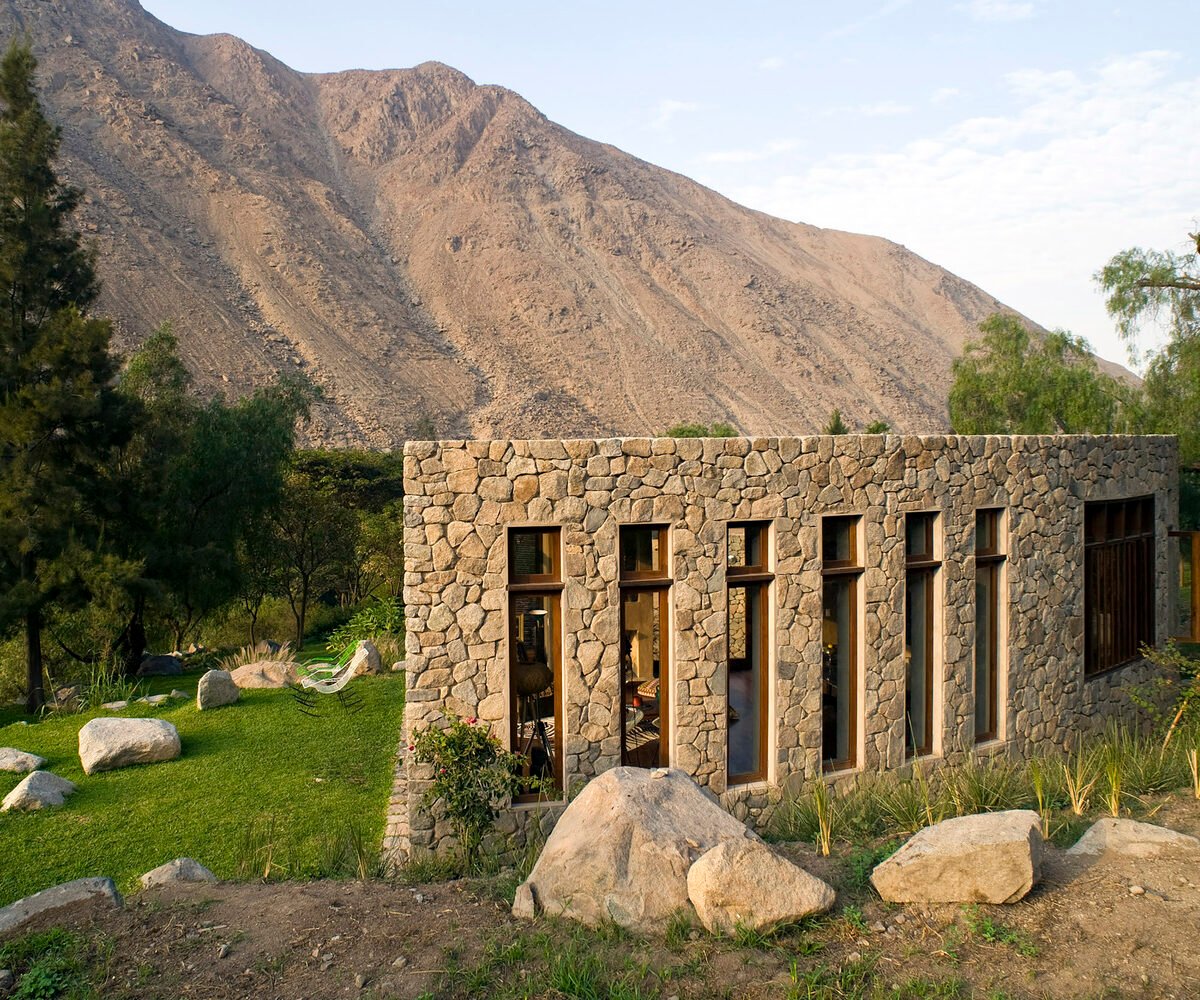
Organizing, shaping, stacking. Transforming raw materials from the soil into architecture. This is a challenge that many Latin American architects embrace, demonstrating that scarcity can be daunting but also a rich opportunity to unleash creativity.
The use of materials extracted from the local soil serves a dual purpose. In regions with limited industrialization, using locally sourced materials makes economic sense because industrial materials such as concrete and steel are expensive and often require long-distance transportation, adding to their cost. Environmentally, choosing locally sourced materials from the start of a project reduces transportation needs and carbon emissions, supporting sustainability efforts.
In Latin America, utilizing locally available soil materials does not restrict or weaken architectural possibilities. Instead, it fosters intricate and sophisticated projects that creatively harness primary resources, showcasing the potential to achieve significant outcomes with limited resources.
In the region’s diverse topographical and geological landscapes, two natural materials—stone and earth—emerge as recurrent and creatively employed elements in residential projects. Whether fragmented or excavated, these ancient raw materials display distinct colors and textures and encapsulate the narratives and forces that have shaped nature.

The following selected projects demonstrate the potential of the soil where the buildings are located. Just as we analyze the land’s winds, sunlight, and surroundings, these houses also prompt us to consider their geological traits. They show how utilizing existing materials can result in innovative architectures that adapt to the context and redefine the architectural narrative of the region.
Stone
Latin America boasts a rich tradition of stone constructions dating back to ancient civilizations and enduring to this day. In regions abundant with stone, like mountainous or volcanic areas, this material becomes a powerful construction resource, used extensively in various stages of building, including concrete, walls, fences, and cladding. The diverse range of stones in the region, including volcanic, limestone, sandstone, and basalt, mirrors local geological and cultural traits. This allows the material to tell stories and capture context while also adapting to advancements in construction techniques.
- Location: Acapulco de Juarez, Mexico
- Year: 2020

- Location: Valle de Bravo, Mexico
- Year: 2015

- Location: Igatu, Brazil
- Year: 2023

- Location: Petrópolis, Brazil
- Year: 2015

- Location: Antioquia, Peru
- Ano: 2014

Earth
Like stone, earthen architecture in Latin America has been a common practice for centuries, influenced by pre-Columbian indigenous traditions and later by techniques brought by European colonizers. However, whereas earthen structures were once mistakenly considered fragile and impermanent, they are now gaining increasing recognition. In the Latin American context, the most popular construction techniques include rammed earth, adobe, and cob, with many projects utilizing the earth excavated from the site itself, often considered waste material.
- Location: Cunha, Brazil
- Year: 2019

- Location: Santiago, Chile
- Year: 2019

- Location: Mexico City, Mexico
- Year: 2012

- Location: Brasília, Brazil
- Year: 2020

- Location: Quito, Ecuador
- Year: 2020

This article is part of the ArchDaily Topics: Doing More With Less. Every month we explore a topic in-depth through articles, interviews, news, and architecture projects. We invite you to learn more about our ArchDaily Topics. And, as always, at ArchDaily we welcome the contributions of our readers; if you want to submit an article or project, contact us.









